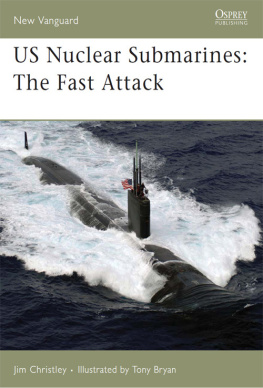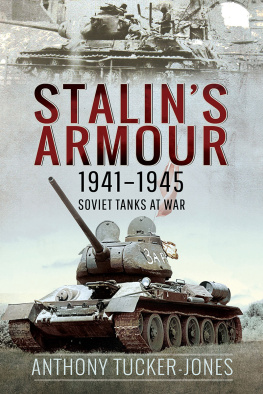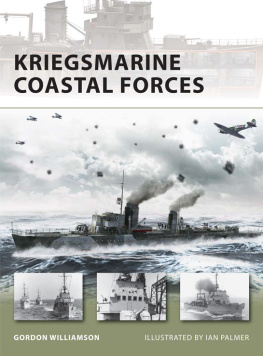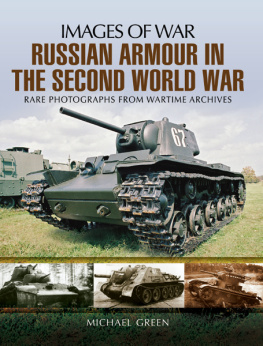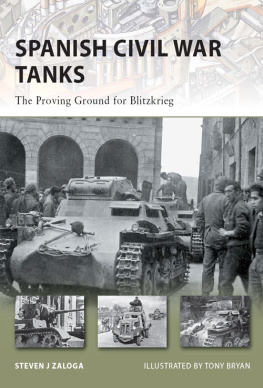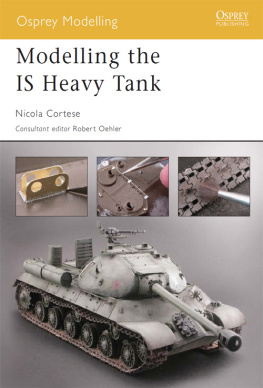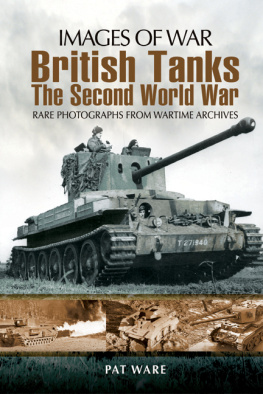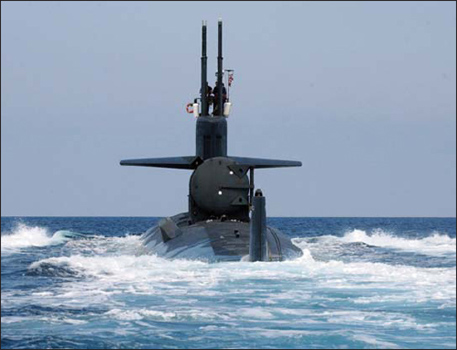New Vanguard 138
US Nuclear Submarines: The Fast Attack
Jim Christley Illustrated by Tony Bryan
CONTENTS
US NUCLEAR SUBMARINES: THE FAST ATTACK
INTRODUCTION
T his book constitutes a brief overview of the development of one type of submarine over a period of 50 years. Much of the history of these boats is shrouded in secrecy, and consists of thousands of men spending endless days on patrol, preserving the peace by their presence. In the main, they were and continue to be successful in this mission. Here is not a story of heroic battles where ships are torpedoed and aircraft shot down, but rather a story of engineering trade-offs and technological advances. The heroics are in the work itself.
THE PROPULSION PROBLEM
Early submarine evolution is marked by a struggle to overcome the problem of how to propel the submarine efficiently both on the surface and submerged. This engineering challenge can be divided into two interrelated concerns hull form and propulsion. The propulsion problem drives the hull form problem.
The US submarine of 1945, embodied by the Balao and Tench classes, suffered from two serious shortcomings limited underwater range and inadequate speed. To run completely submerged the submarine had to operate on its battery/electric motor combination alone. The range in this mode was 10 nautical miles (nm) at 8 knots or 50nm at 2 knots, the difference due to the batteries ability to supply a large quantity of amps (high discharge rate) for a short time before they were exhausted and had to be recharged. A smaller discharge rate meant the boat moved slower but could do so for a longer time. An answer to this range endurance problem was the snorkel, a small induction pipe that reached above the surface and supplied air to the diesel engines, allowing them to run while the boat was submerged. However, the snorkeling submarine is noisier by far than one running on the same number of engines on the surface, and quietness is part of the submarines underwater advantage.

Polar bears examine a Sturgeon Class boat surfaced in the Arctic. When surfaced in the ocean for a swim call, the boat crew posts an armed shark watch. When surfaced in the Arctic, the boat has a polar bear watch. Even though the person is armed, his main job is not to kill the bears but to warn personnel on the ice that a bear has been sighted. On the occasion of a sighting the ice is evacuated, leaving the bear in charge of the territory.
The speed issue involved a rethinking of the entire outer shell (hull) design. A first step was to remove all the things that caused flow resistance, thus wasting energy. This modification cut the flow resistance of the World War II fleet submarine by nearly 50 percent, and was one of the principal measures of the Guppy conversion of many World War II boats. (Guppy was the Greater Underwater Propulsion Program, which extended the useful postwar life of diesel-electric submarines by removing items such as deck guns so as to streamline their hulls, increasing battery capacity, and the addition of snorkel systems.) For a given hull design, however, an increase in speed is directly dependent on the amount of power put into the water, and equates directly to shaft horsepower (shp). Speed is related to a change in shp as the cubic function of the change. Thus to go from 5 to 10 knots (doubling) requires an eightfold (two cubed) increase in shp. To go from the maximum 10 knots short-term submerged speed of a fleet submarine to the expected short-term speed of 15 to 20 knots of a replacement design required an increase from 5,400shp to over 18,000shp. Motor and battery designs capable of this horsepower would be huge and much too large for submarine requirements. Something else had to take the place of the diesel-electric design. Fortunately, a new source of energy was becoming available that would change everything.
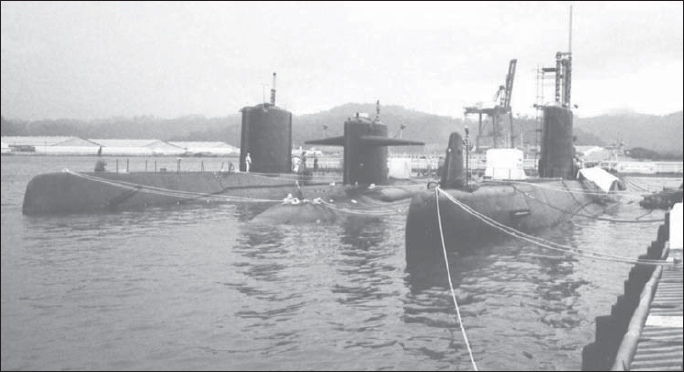
From left to right: a Skate Class, a Permit Class, and a Tang Class. The two outboard boats are nuclear. The inboard boat is a diesel-electric. The fin-like protrusion on the bow of the Tang Class boat is the forward hydrophone set for the BQG-4 PUFFS sonar system, which became the Wide Aperture Array portion of the BQQ-5 on the Seawolf and Virginia Classes.
EVOLUTION NAUTILUS TO VIRGINIA
The post-World War II US submarine community was faced with two significant challenges. First was a surplus of submarines that were of a ten-year-old design. The world for which they were designed effectively ceased to exist in late 1945 it was perceived by the general public and many in the government that there was no threat on the horizon that required a large maritime presence. These boats and the strategy that surrounded their use had been premised on cutting enemies lines of seaborne supply and communication. The submarine force had to find new tasks to support its continued existence. The second problem was the possibility that the Soviet Union possessed at least a dozen German Type XXI submarines and would reproduce this design or an improved design in large quantities. These boats were a distinct threat to the US Navy. Properly operated they were faster than destroyer sonar could track and could outrun a destroyer in rough seas. Thus any battle group that hoped to oppose a rapid Soviet advance into the North Atlantic or North Pacific oceans was seriously at risk.
To consider the options available for new submarines, the Office of the Chief of Naval Operations (OpNav) formed the Ship Characteristic Board (SCB) to replace the General Board for ship design. The SCB produced design requirements called characteristics and each was given a number. In addition, the SCB produced design policy documents that served as guidance for not only the design, but the fleet implementation of the design features. The SCB in 1945/46 realized that it had to redesign the fleet submarine and the new design had to be as good as, or (preferably) better than, the Type XXI U-boat. Design characteristics that the SCB wanted improved included sonar, weaponry, silencing, batteries and underwater endurance, propulsion systems, and underwater speed and control.
In the fall of 1945 Commodore Comstock, the head of the Bureau of Ships (BuShips), asked skippers and operational commanders for their views on new submarine design requirements in the areas of speed, design depth, power plants, and the effect of nuclear weapons on submarine operations and strategy. Based on the results, the design operating depth of new submarines was to be increased to 700ft, with an eye toward 1,000ft. Underwater speed would have to be increased much of this could be attained by removing all external appendages, smoothing the hull lines, and through fairing. Model testing showed that a short submarine had better underwater performance than longer submarines.
The outcome of the initial design study was the 1947 design for the Tang Class (SCB 2). In addition to this design, in 1946 OpNav authorized an immediate experimental program that included two nuclear propulsion prototypes, four closed-cycle systems (in which the fuel and oxdizer carried onboard allowed the engines or boilers to be operated without external air), one arctic, and one midget submarine. This program was in addition to the build cycle for the Tangs. Budget restraints, however, limited the Tang schedule from six per year to two per year and put construction of the prototypes on hold because the designs were changing too fast. Then in 1950, the entire US defense budget was seriously curtailed. The submarine force struggled to have any new submarines built at all. By the time the Fiscal Year (FY) 1952 budget cycle came around, the Tang design was six years old, and a new design was needed to keep pace with the Soviets.

